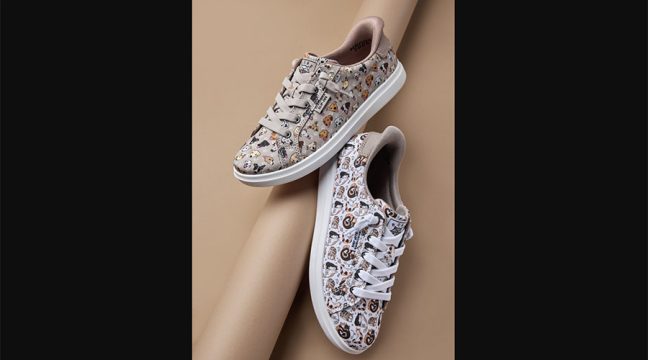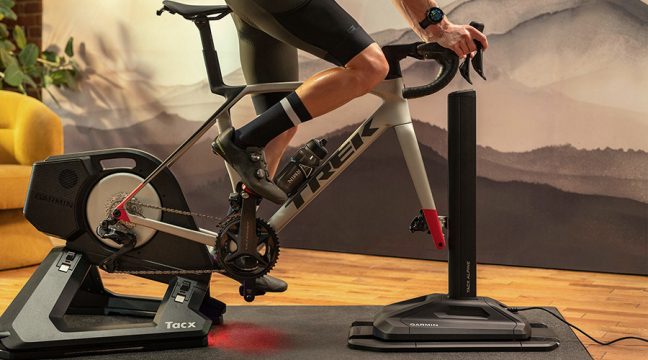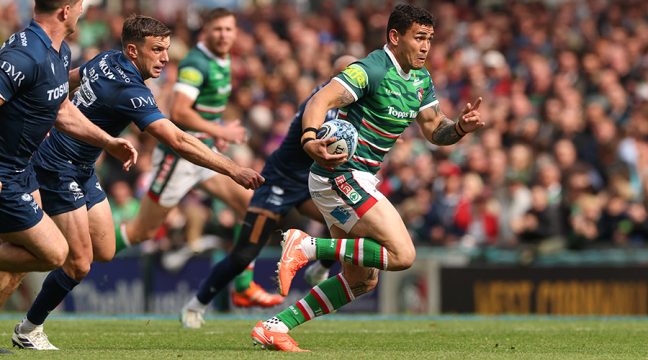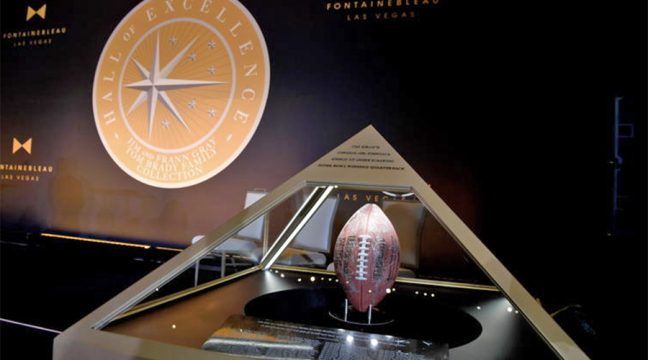The future of fitness data could mean refining the technology, collecting more data or pausing to take a step back for analysis.
Fitness and wellness data is a social event, it’s a selling point and a campaign to often prove a company’s value. But as the data increases on how frequently we run, sleep and eat, many are asking, “Are we moving towards a data hangover?”
Founder of Mio Global, Liz Dickinson said, “The consumer is already overloaded. That’s why there’s such a high abandonment rate of wearables.” She noted that the lack of accountability by companies in the performance data category is causing a glut of products and programs that aren’t telling the consumer much of anything. And, as a result, consumers are not only looking at a lot of data their also becoming impatient trying to make sense of all the stats.
And then there’s the question: How accurate is the data? Many consumers have come to realize that not all fitness data is the same, with some of it outright flawed. Yet wearable technology continues to attract consumer dollars and, more importantly, consumer mindshare. We may be overloaded, but we’re still quite intrigued.
As Soleus Founder and CEO David Arnold put it, “More data doesn’t deter a consumer from buying, but it can definitely misinform them.”
Our Tech Needs Work
It’s fine to admit that the industry’s technology needs work, just so long as the industry is working to make it better. Big names in sports and fitness like Nike, Under Armour, USA Swimming and Wilson are inking partnerships with traditional tech firms to outsource data innovation i.e., Apple, IBM Watson, Sony, HTC and BMW’s tech division. These collaborations are showing strong at The Consumer Electronics Show (CES), particularly in the Sports Tech Conference — a partnership between the Consumer Technology Association and The Sports and Fitness Industry Association (SFIA).
“It used to be that cars and dishwashers were the big show items at CES,” said John Peters, SFIA senior director of sales and membership services. “Now sports technology is what’s sexy.”
Peters thinks there’s no such thing as too much data for SFIA brands and their consumers. “Whether it’s counting steps or calories, consumers are obsessed with it now,” he said. “In a world where an athlete’s success hinges on milliseconds and millimeters, high-performance improvement and feedback are critical.”
Peters anticipates that sensors in garments, sports tech accelerators, more emphasis on the youth sports market and enhanced gamification will soon shake up any staleness in the marketplace.
The More The Merrier
More data can overwhelm consumers, but it can also create better overall insights, even if those insights are based on slightly incorrect data points. How? Because the more data we have, the longer the timeline to compute averages.
“More means long-term trends, which is a good thing considering the industry is still in a highly experimental phase when it comes to refining tracking technology,” said Josh Sharp, co-founder of Exist — a company that aggregates data from apps and devices consumers already use to spot big-picture trends.
Sharp sees the biggest problem areas in data being food/nutrition tracking from manually entering daily intake, along with sleep tracking via actigraphy. “We’re in the early days of understanding how to best deliver on data being tracked,” he said, “and how to best personalize and contextualize our approach to the consumer.”
This seems to be the agreement among every tech and sportswear company in the space. The name of the game is making sense of the data in personalized, actionable, prescriptive solutions.
What Will Change?
Although not every player will evolve in the same way, many will make changes in the metric used to track (and ultimately judge) consumer fitness. A great example here is Mio Global’s Personal Activity Intelligence (PAI), which favors intensity over amount. PAI works by monitoring your heart rate and converting high-intensity bouts into PAI points. This means an exercise that raises an 80-year-old’s heart rate and another that raises a 20-year-old’s is considered equal. Reach 100 PAI Points a week, live longer. It’s complicated science made simple.
“There is absolutely no scientific evidence that walking 10,000 steps achieves any particular health goals other than to say doing something is better than doing nothing,” said Dickinson at Mio Global. “The other problem with this model is that it can be really hard to put in 10,000 steps, so after time people abandon the pursuit and, in hand, the device.”
Arnold with Soleus touched on a similar observation. “I call them (trackers) excuse-makers. They’re supposed to motivate you and show that you need to work out more. But when consumers see they haven’t taken enough steps or slept a full night, the consumer says ‘OK, guess I should have.’” Arnold concluded, “If I’m inactive and didn’t sleep the night before, I don’t need a tracker to tell me.”
So while some brands charge forward with futuristic tech, others will take a step back to the basics.
“I’m not going to try and outdo Apple or Garmin,” said Arnold, who is opting to couple his GPS wearable company with training clubs instead of tech firms to perfect device accuracy. He said his goal moving forward is to take simple data and make it more affordable and fun. This means focusing on exactly which metrics are important — distance, pace, calories and heart rate. For serious athletes that would benefit from additional insights and stats, “they’ll talk to a professional coach and not an app,” Arnold said.
Even some tech industry veterans are waiting for the data overload to subside. Black Lab Sports Founder J.P. O’Brien, a former TechStars mentor for Nike+, made the strategic decision to back physical sporting goods products versus virtual ones. He told us that the market saturation in the latter is too heavy, and in the end, only one (maybe two) will really succeed.
What Data Do Consumers Care About?
One reason for the app avalanche is because mobile is uniquely well suited for fitness and wellness users — it moves with you. But consumers collect apps like photos and fitness data — it’s just another player in the crowded space.
The whole data debacle really is a race to heal any signs of the current hangover to this point. And no matter which side of the converation you’re own your own, fitness data needs work and, we may look back in the future and laugh at how primitive today’s technology was.
Photos courtesy Mio Global












